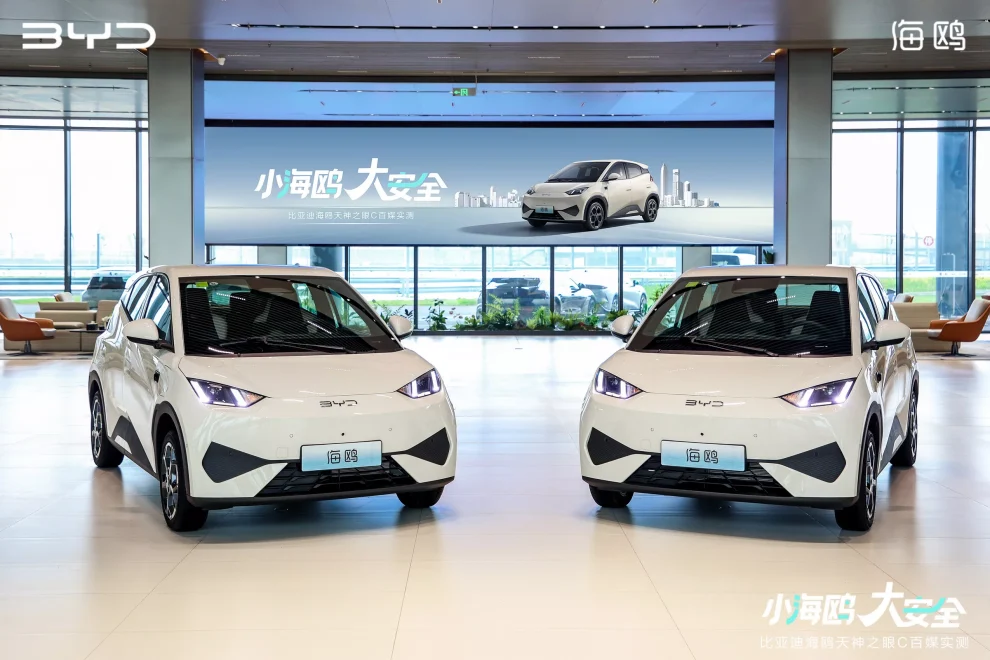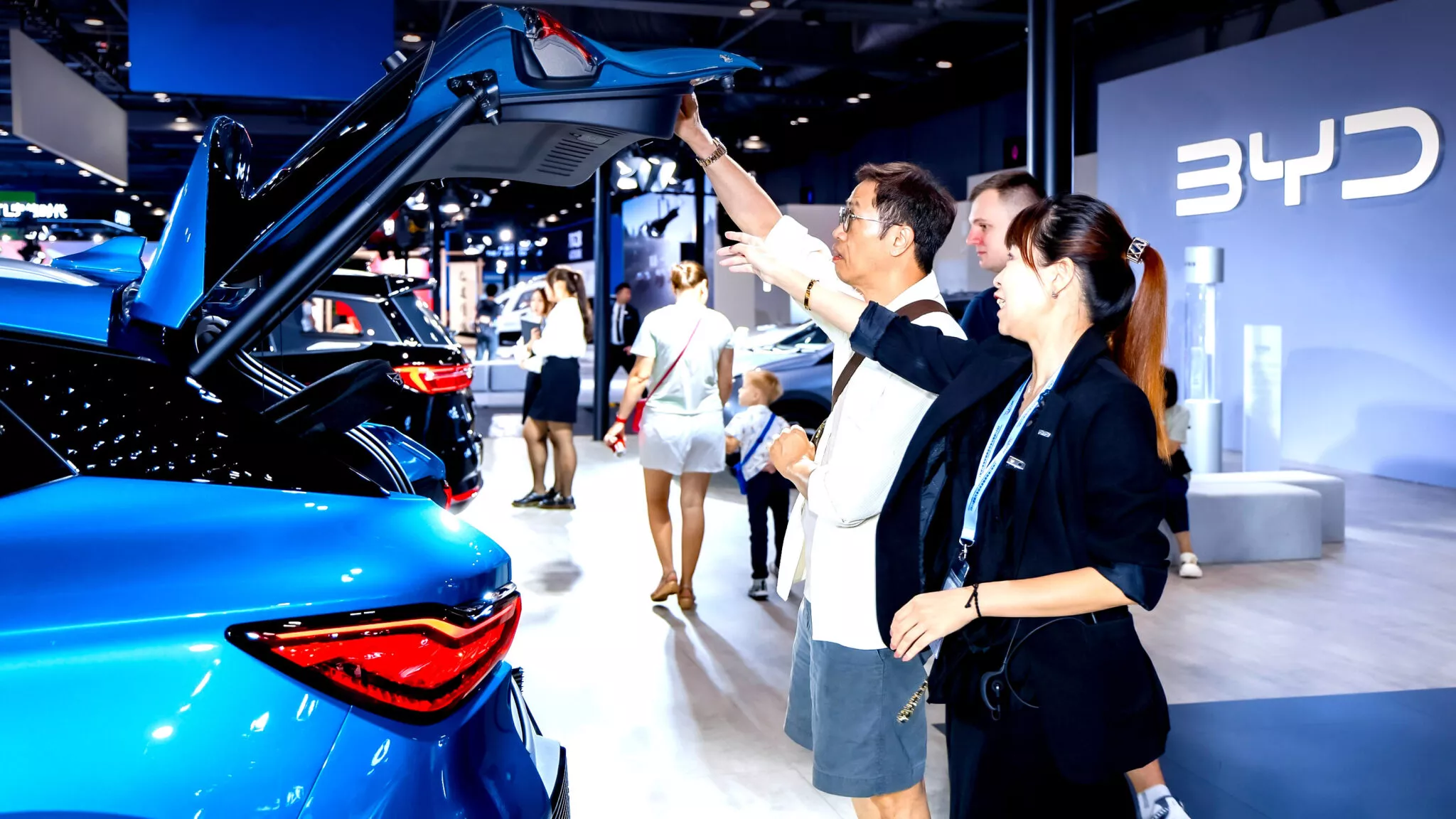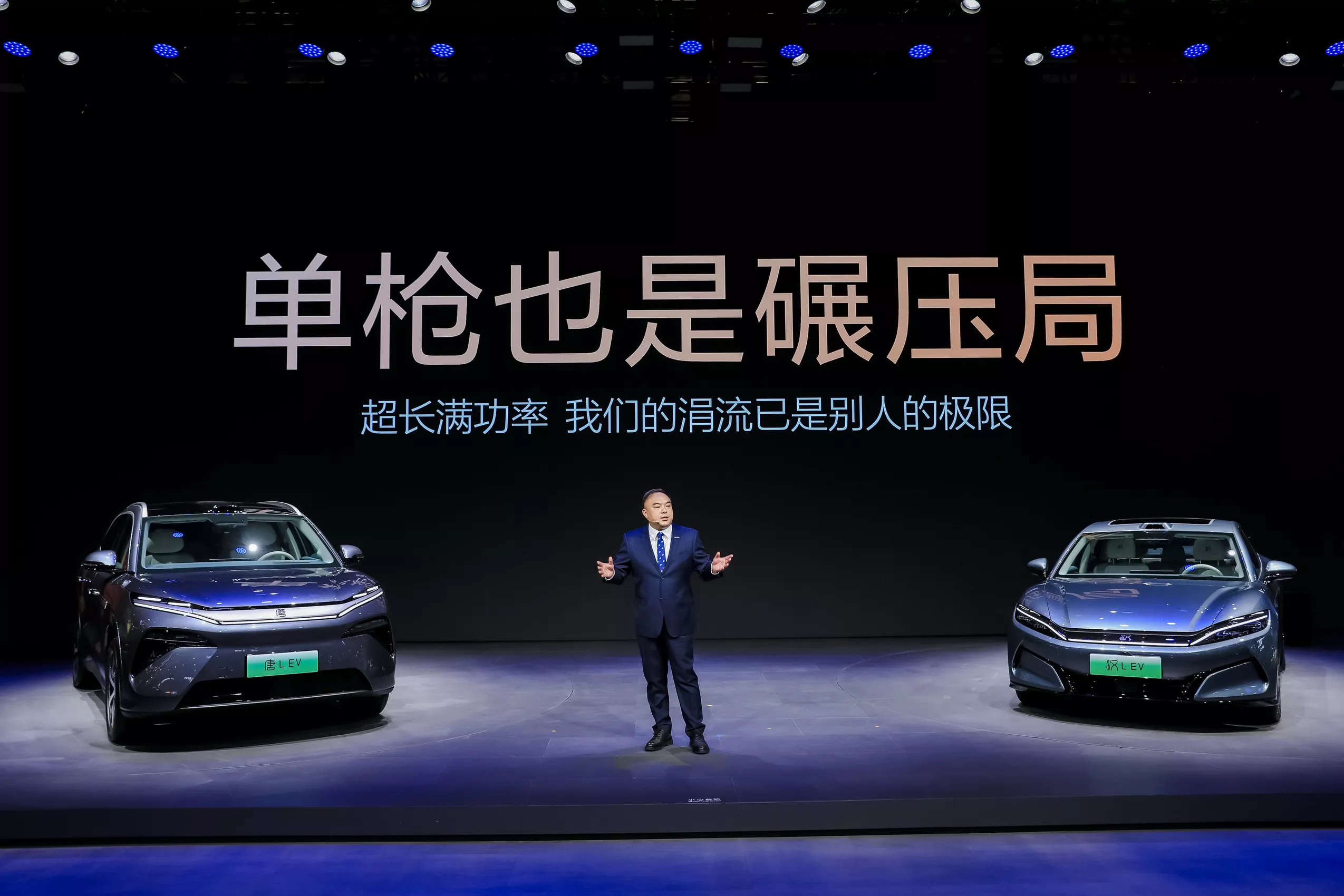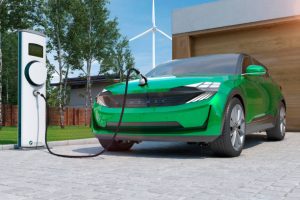BYD Issues Stark Warning: China’s EV Price War Could Collapse the Market
Published: June 14, 2025 | Author: Sherry
The Price War That Could Cripple an Industry
China’s electric vehicle (EV) market, once hailed as a shining example of innovation and scalability, now finds itself on the edge of an economic and structural breakdown. At the center of this controversy is BYD (Build Your Dreams), China’s largest EV manufacturer, which has publicly warned that the ongoing “price war” could have devastating consequences for the entire automotive ecosystem.
What began as a strategic move to increase market share has spiraled into an all-out race to the bottom, with automakers slashing prices by up to 30% just to stay afloat. In a dramatic shift of tone, BYD executives are now voicing concerns about whether the current model is sustainable—and whether it might push the entire sector to the brink of collapse.
BYD’s Warning: “This Is Not Healthy Competition”
BYD’s Executive Vice President, Stella Li, recently admitted that the aggressive pricing strategy that helped boost sales is now hurting the industry. In her words, the market is undergoing “very extreme and tough competition.”
Despite leading the charge with deep discounts on more than 20 of its vehicles, BYD is beginning to feel the strain. The cuts may have temporarily driven volume, but margins are thinning rapidly—and smaller automakers are bleeding cash just to stay visible in the marketplace.
“This can’t continue,” Li emphasized during a recent media briefing. “If we push too far, there won’t be a market left to compete in.”
Why Is This Happening?
- Overproduction: China over-invested in EV manufacturing capacity over the past five years.
- Oversaturation: Hundreds of brands, many state-supported, are all fighting for the same slice of the domestic EV market.
- Consumer Expectation: With buyers expecting constant discounts, brand loyalty has eroded and purchase delays have increased.
As a result, even market leaders like BYD and Tesla China are now playing defense, despite being the original architects of the pricing model.
Government Gets Involved
Recognizing the danger of an industry collapse, Chinese regulators have begun stepping in. Premier Li Qiang has called the ongoing price war an act of “involutionary competition,” referring to a zero-sum game where no party benefits.
The Ministry of Industry and Information Technology has urged automakers to scale back promotions and cooperate in stabilizing the market. Key regulatory shifts are also being discussed, such as:
- Minimum pricing guidelines for entry-level EVs
- Incentives for profitability over volume
- Monitoring payment timelines between manufacturers and suppliers
The Impact on Suppliers
One of the most severe effects of this EV arms race is being felt not by automakers, but by their suppliers. Many are now facing delayed payments of over 60–90 days as OEMs struggle with cash flow.
This delay disrupts not only the auto supply chain but other industries like electronics, logistics, and software. Smaller component makers, often family-run or regional, have no financial cushion to survive long-term instability.
Global Shockwaves: Cheap EVs Flood the World
While Chinese consumers may be benefiting from record-low EV prices, the real shock is being felt overseas. BYD, NIO, and others are exporting low-cost models to Europe, Southeast Asia, and Australia—sometimes undercutting local prices by 20–30%.
This pricing aggression has drawn scrutiny from international trade watchdogs. The European Commission is even considering tariffs to slow the influx of ultra-cheap Chinese EVs. Ironically, what started as a domestic survival strategy is now reshaping the global automotive landscape.
Numbers Tell the Story
- Average EV price in China (2023): ¥160,000 (~$22,000)
- Average EV price in China (2025): ¥130,000 (~$18,000)
- Average discount by top 5 EV brands: 15–35%
- BYD’s price drop in Q1 2025: 22% across most models
The stats show a market in freefall, where vehicles are being priced close to cost or even below cost in some cases.
What’s Next? Industry Faces a Fork in the Road
The writing is on the wall: if current trends continue, the EV sector will likely undergo a wave of consolidation. Brands without scale, profitability, or export capacity will either merge, be acquired, or shut down.
BYD’s shift in tone signals that the top players are no longer trying to crush competition—they’re trying to preserve the market.
“This was never about winning at all costs. It was about making EVs accessible. But now it’s about survival.”
— Automotive Analyst, Shenzhen Auto Journal
How Can the Market Recover?
- Stabilize Prices: Automakers must find a balance between affordability and sustainability.
- Government Reform: Implement fair trade practices and credit support for key suppliers.
- Focus on Exports: Strengthen global market reach without collapsing prices at home.
- Innovate Beyond Price: Shift focus to features, autonomy, and efficiency—rather than just undercutting rivals.
Final Thoughts
China’s EV industry is at a tipping point. While price wars have made electric mobility more affordable than ever, they now threaten the very foundation of the industry. BYD’s public caution shows a growing maturity—and a recognition that value must eventually replace volume.
It’s not just about winning the EV race anymore. It’s about making sure there’s a racetrack left to compete on.
Stay updated with WebTenica for more insights on the global electric vehicle revolution.














Add Comment